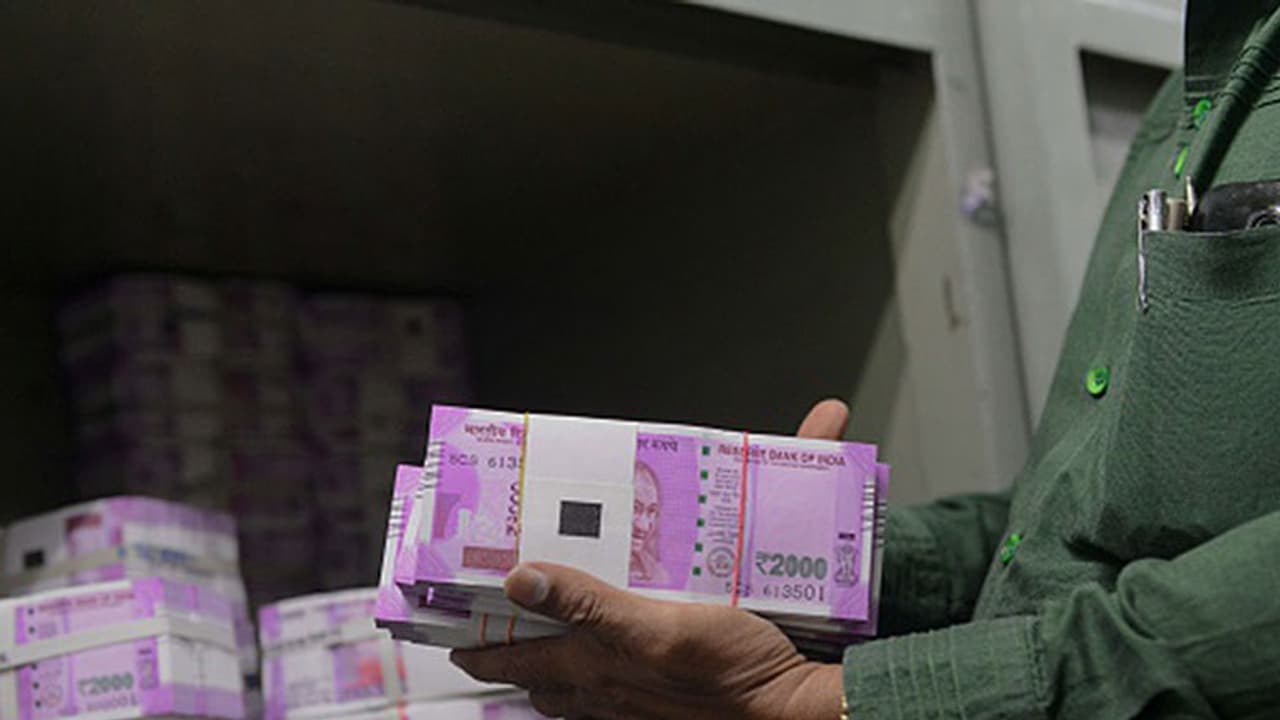Reserve Bank of India (RBI) calculate the annual requirement of cash before next fiscal year. Estimates the requirement as per data from its 19 regional offices. To transport the notes railway wagons, trucks are used and for remote places helicopter and aircraft is used.

The past two weeks have been all about money and many of us are still confuse why Reserve Bank of India (RBI) has put a limit on withdrawal. We have presumed with some factual backing that there is short in supply of new currency notes to replace the old banned notes.
This leads to a rhetorical question why new currency notes were not printed beforehand? And, the other relevant question when this shortage will end?
To understand this, we must know how notes come into existence from planning, printing, denominating, transport and finally reach to our pockets.
In short, the journey of notes from conception, inception, execution to transportation and loading on ATMs, here is all you need to know.
Planning:
Before the new fiscal year begins, the Reserve Bank of India (RBI) calculate the annual requirement of cash in India by taking into account factors likes number of notes that in already in circulation, the destroyed numbers, and the number that needs to be replaces.
All this keeping in view the projected GDP growth as well as inflation of the next fiscal year and past year's volume of electronic transaction. All the necessary data to make the estimation is obtained from its 19 regional offices spread across India.
This RBI's exercise is overlooked by Coins and Currency Division of the Finance Ministry who is informed about the annual cash requirement estimation. This is a closely guarded secret, and no other party is aware of the figures.
Printing:
Next, an order or intent is sent to the four currency note printing presses with complete instructions mentioning the denominations as well as serial numbers to be printed on the cash. Now, paper mills in Mysuru and Hoshangabad is where the banknotes are produced.
This is where designing of notes and some security features are added under watchful eyes of in-house research and development team. This team also adds additional security feature to prevent forgery of notes.
From here, these security currency papers go to printing presses in Nashik, Dewas, Mysuru, and Salboni where additional features are added.
Transport:
Once the note papers are ready they are transported to vaults located in 19 regional offices of RBI in sealed containers among heavy security. For places not covered by these offices 4,000 currency chests are places to operate as vaults.
To transport the notes railway wagons, trucks with heavily armed security is used and to deliver to remotely located places helicopters and aircraft are used.
Till now, the notes are just papers and not currency unless RBI prepares a voucher. In simple terms, these notes have to be backed by government or any other sovereign bonds to be used at money.
From vaults to you:
Finally, these currency notes after denomination are sent to ATMs through seven registered cash logistics firms who transport the cash through security vans having two armed guards.
There are a lot of additional procedural details that must be taken care of while transporting the money to vaults and chest to ATMs. At the present situation officials involved in this process are working day and night to facilitate the demonetisation process.
